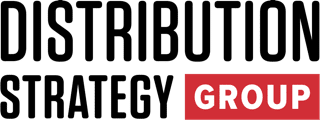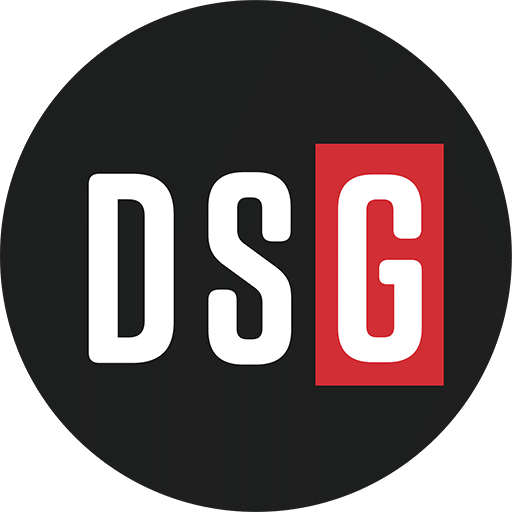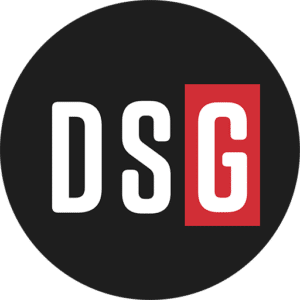In the wake of the recent U.S.-China agreement to reduce tariffs for a 90-day period, industrial distributors across the country are responding with cautious optimism—but also pragmatic action. The deal, which lowers U.S. tariffs on Chinese goods from as high as 145% to 30%, and reduces China’s retaliatory tariffs from 125% to 10%, offers temporary relief after years of disruptive trade policy.
Short-Term Relief, Long-Term Uncertainty
“The tariff reductions are a positive step, but we’re not adjusting our long-term planning just yet,” said DG Macpherson, chairman and CEO of W.W. Grainger Inc., in an April 2025 investor Q&A. “We’ve been actively managing our sourcing mix for years to offset cost pressures from trade friction. This agreement may help stabilize things temporarily, but we continue to plan for volatility.”
Grainger, a leading broadline MRO (maintenance, repair, operations) distributor, has diversified its supplier base over the past several years and continues to push inventory closer to customers via its regional distribution network to mitigate supply chain shocks. Executives noted on their recent earnings call that the company has increased domestic and near-shore stock where feasible, though cost remains a challenge.
MSC Industrial Supply, which sources a significant share of its private-label products from Asia, has likewise taken steps to insulate itself from tariff risk.
“We’ve expanded relationships with suppliers in Mexico, India, and Southeast Asia to reduce our reliance on China,” said Erik Gershwind, president and CEO of MSC, during the company’s Q1 2025 earnings call. “We’re also working closely with key customers to manage cost pass-throughs while maintaining service levels.”
Gershwind said MSC’s sourcing diversification strategy is being accelerated under the current uncertainty, especially as many of its manufacturing customers remain wary of sudden policy reversals.
Watsco Inc., a major distributor of HVAC/R products, has also taken preemptive steps. On its latest earnings call, CEO Albert Nahmad emphasized that Watsco continues to monitor tariff developments closely and works with manufacturers to manage pricing impacts.
“Tariffs and regulatory change—particularly refrigerant phase-downs and global sourcing—are part of our regular scenario planning,” Nahmad said. “We’ve added flexibility in our procurement systems and supply chain models to respond to changing input costs, including tariffs.”
Watsco noted that its tech-driven platforms like OnCall Air and HVACpartners are enabling contractors and dealers to more easily adjust quotes and manage inventory as price fluctuations hit the supply chain.
Tactical Planning During the 90-Day Window
While the tariff reduction has sparked a modest rally in industrial equities and commodities markets, most distributors see this as a window for further resilience planning, not celebration.
“This temporary window gives us time to fine-tune our sourcing strategy and strengthen supplier relationships outside of China,” said Nick Galanti, chief supply chain officer at Fastenal Co. “We’ve made substantial investments in regional sourcing and domestic inventory hubs to absorb shocks like this. We’re not scaling back those plans just because of a 90-day reprieve.”
Fastenal, which operates more than 3,000 in-market locations, has leaned into a localized sourcing model over the past three years, reducing its China exposure and increasing U.S. and Mexico-based procurement for high-turn industrial SKUs.
Broader Market Impact and Next Steps
The tariff reductions have had a ripple effect across the industrial economy. On the day of the announcement, the Dow Jones Industrial Average gained more than 400 points, and prices for metals like copper and aluminum rose sharply as traders bet on a revival in global industrial demand.
Still, industry analysts say the unresolved nature of the broader U.S.-China economic rivalry means the risks remain elevated.
“This is not détente—it’s a pause,” said Leland Miller, CEO of China Beige Book. “U.S. companies should not assume this signals a return to business as usual. Trade decoupling pressures and export controls are likely to intensify, even if headline tariffs come down temporarily.”
Looking Ahead
For now, the consensus among leading industrial distributors is clear: remain agile, double down on supply chain visibility, and continue hedging against the next policy swing.
As Grainger’s Macpherson put it, “We’re encouraged, but we’re not standing still.”
Don’t miss any content from Distribution Strategy Group. Join our list.


